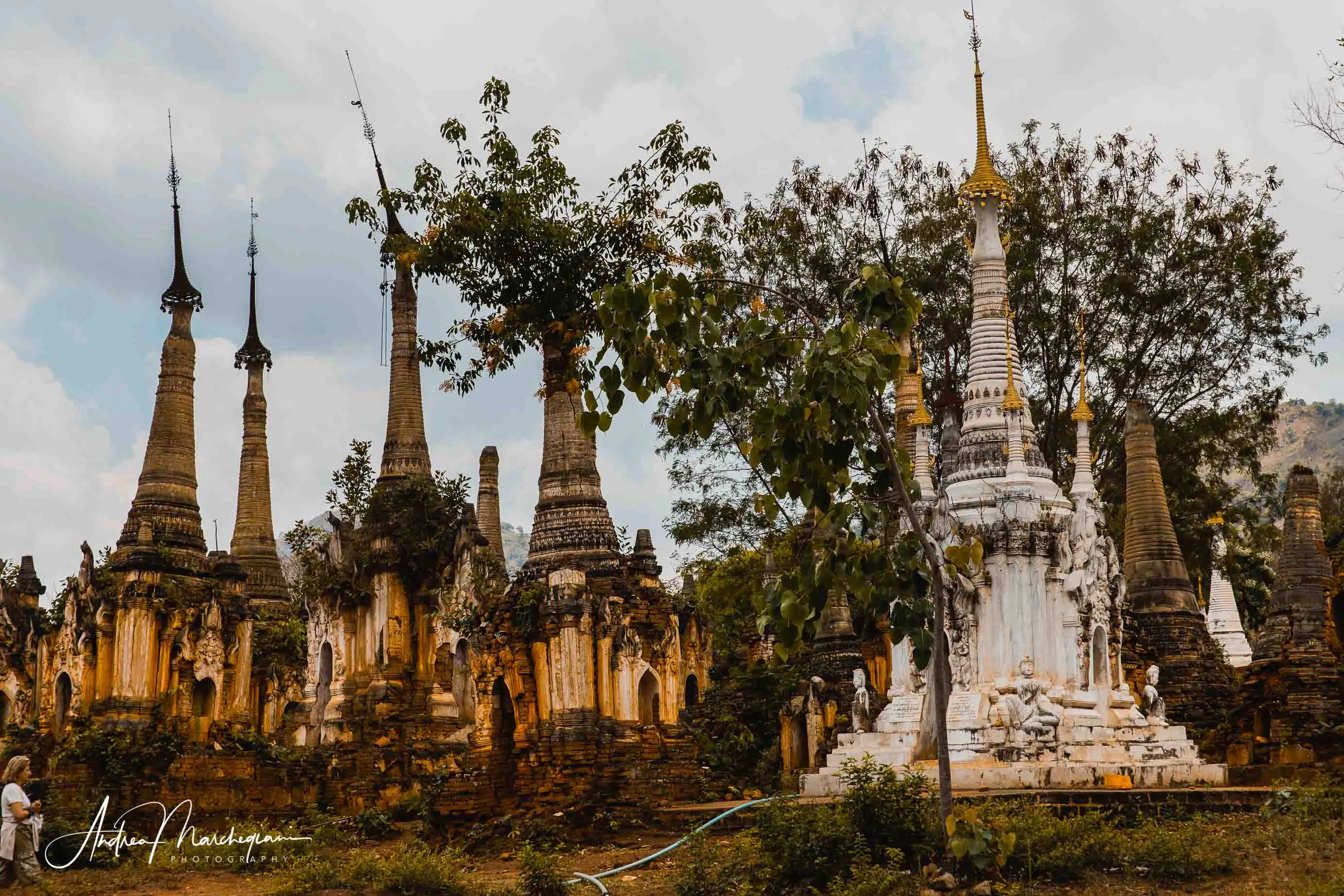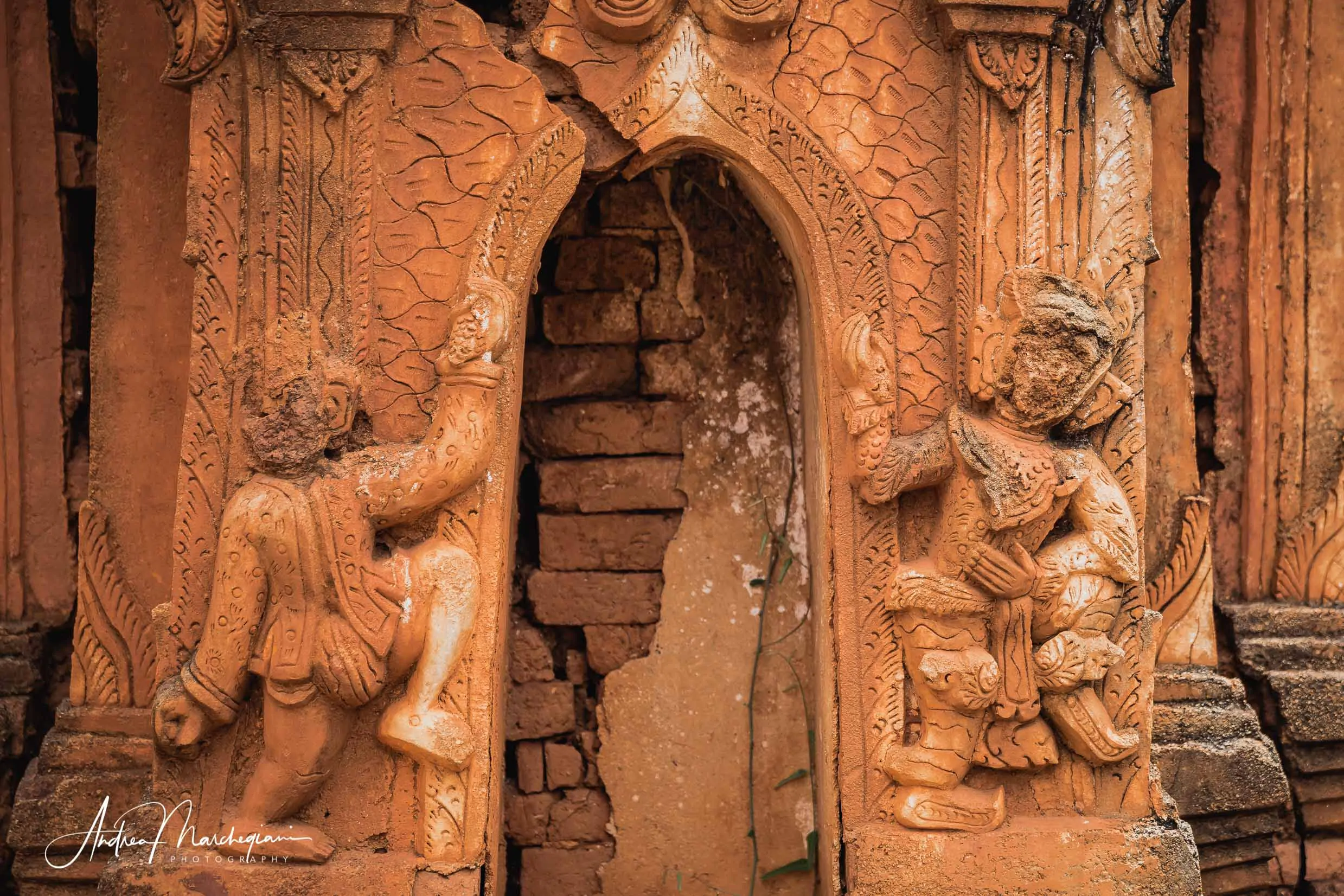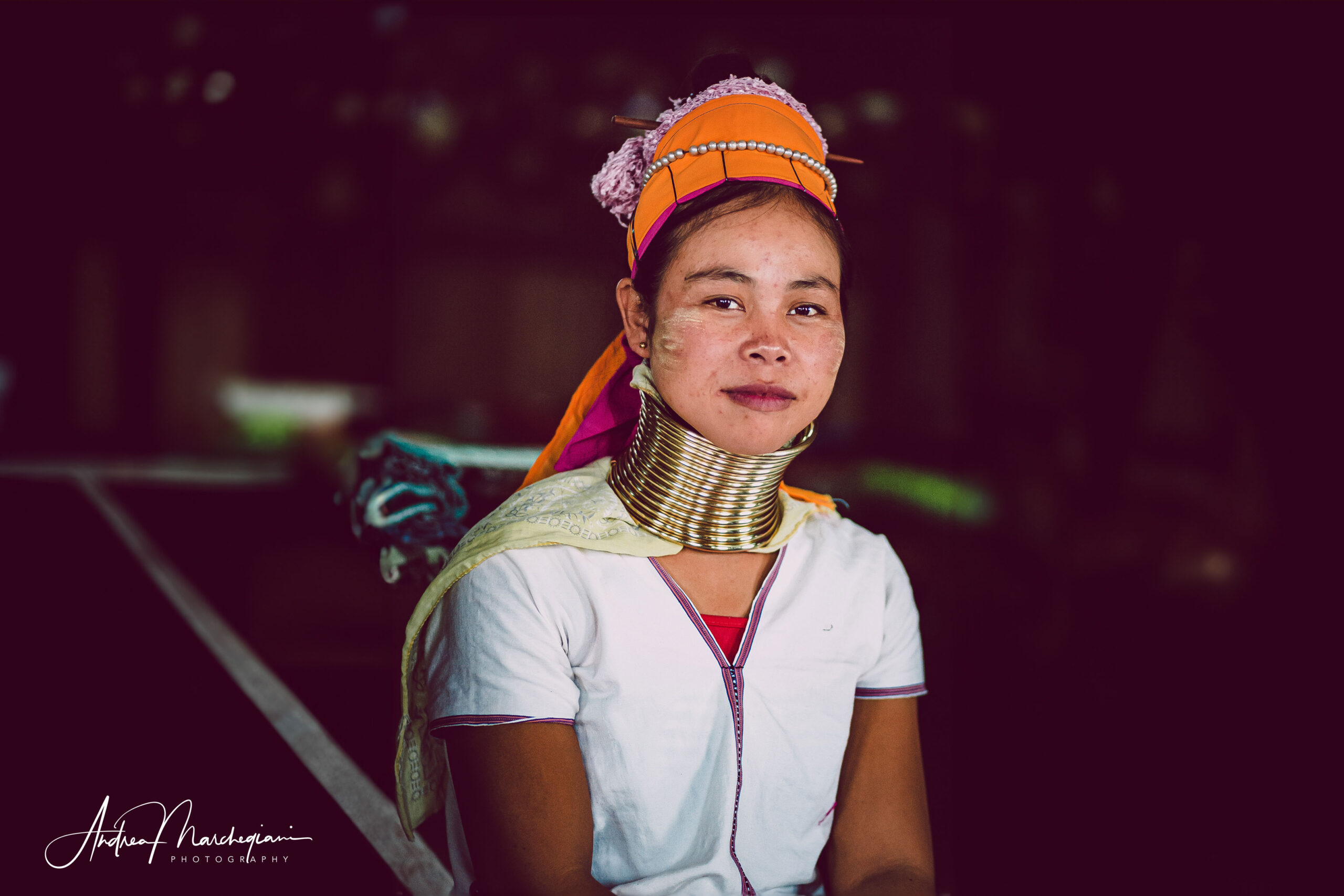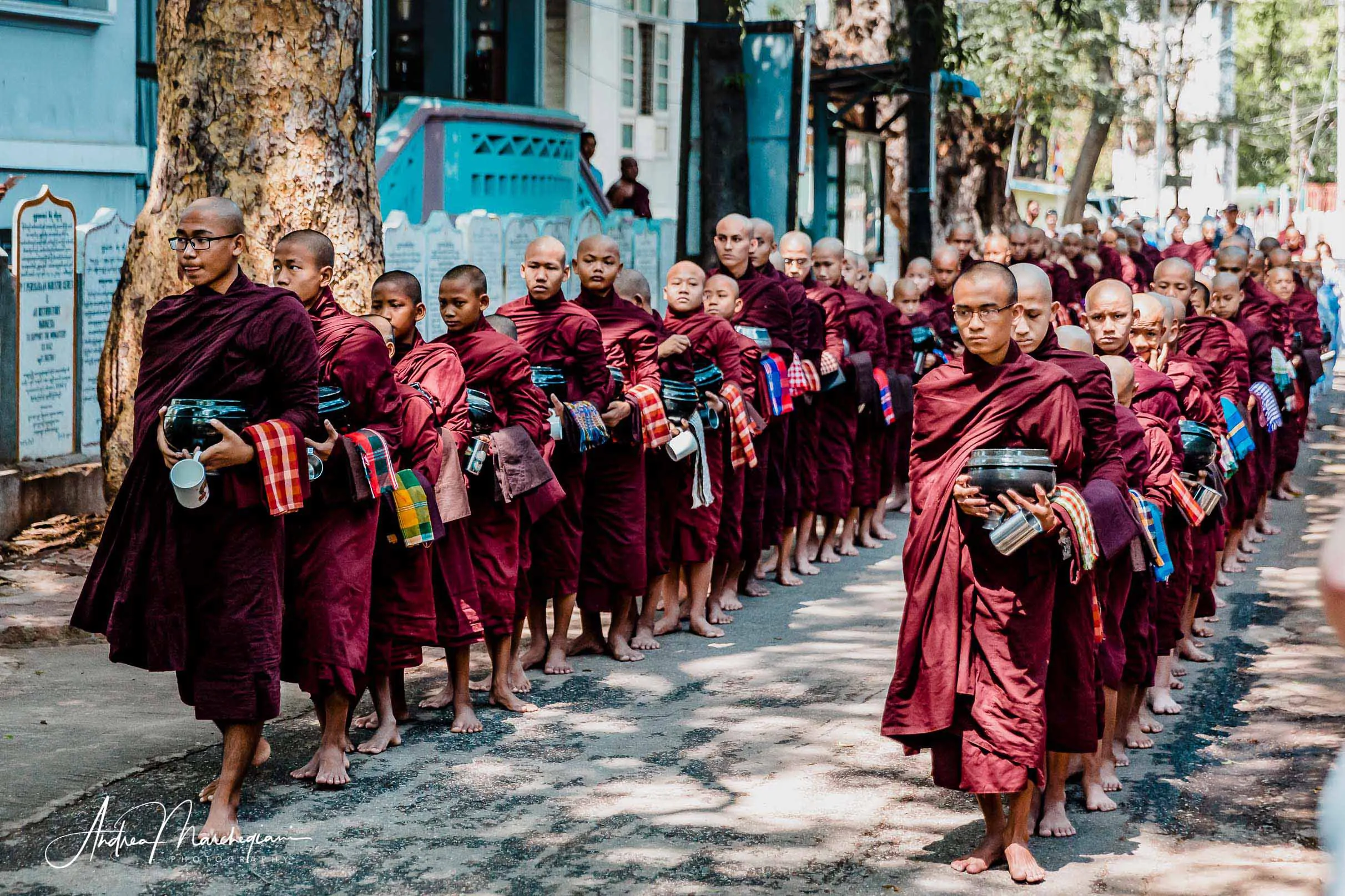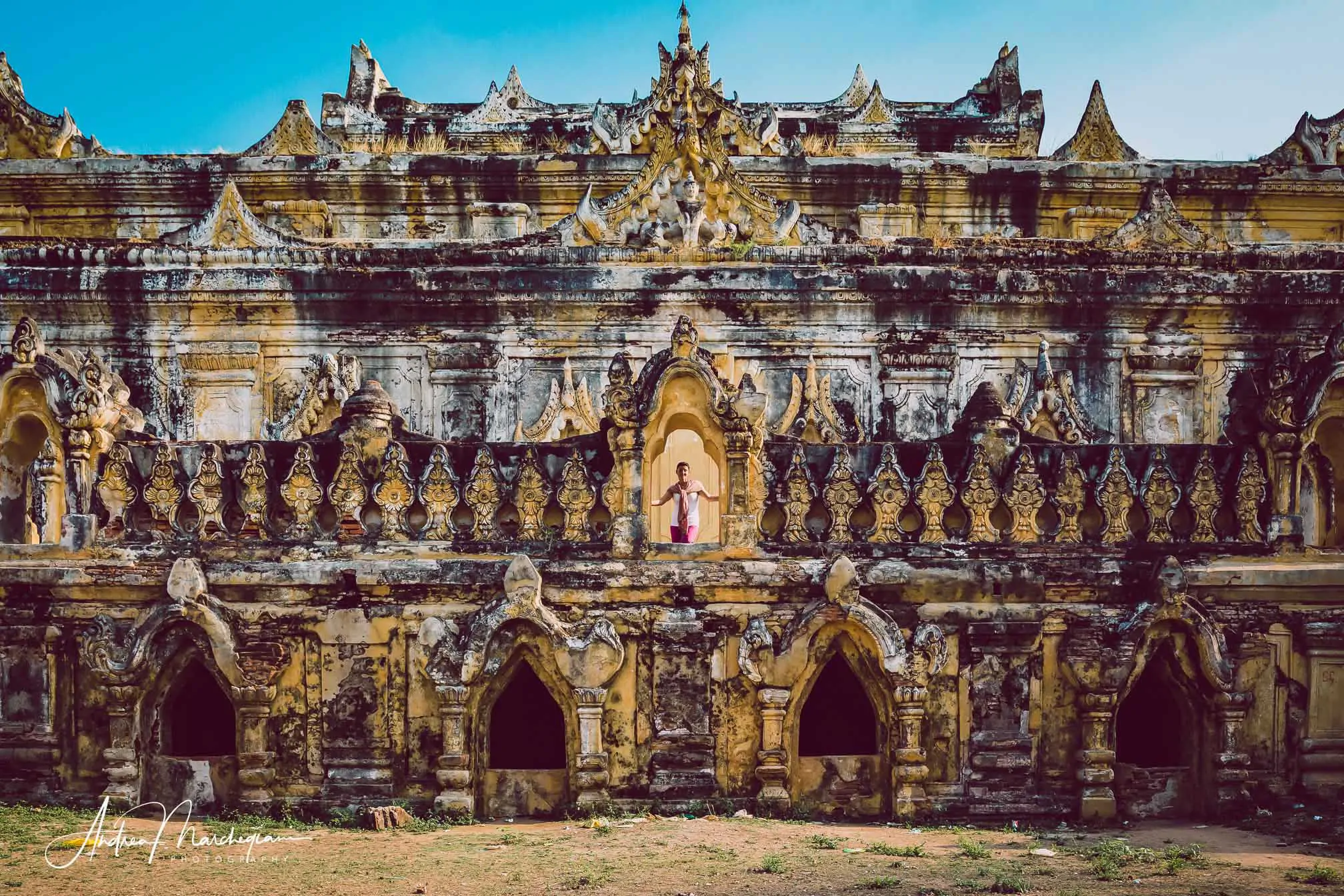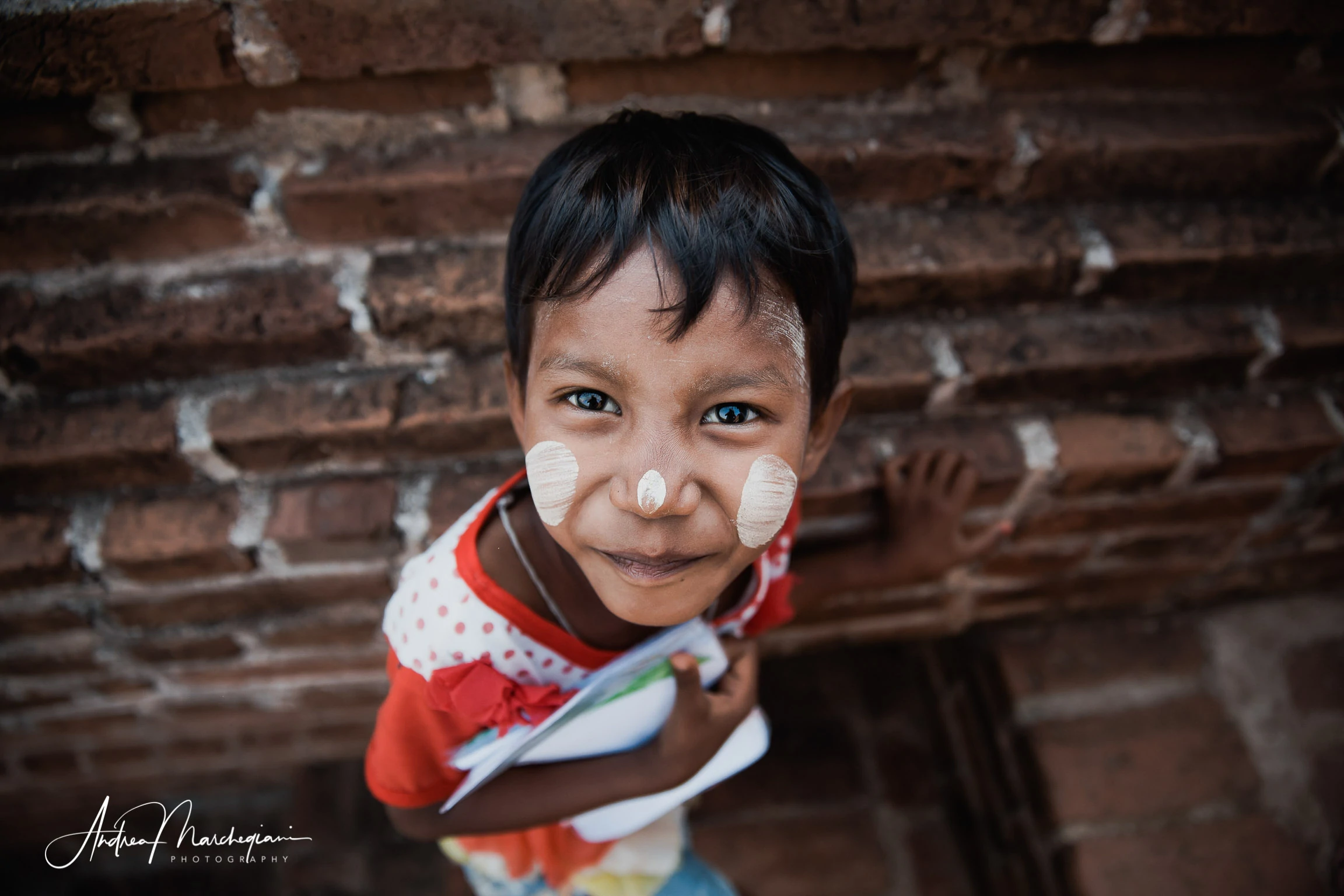
- Home
- Photo Galleries
- Portrait Photography
- Landscape Photography
- Street Photography
- China
- Ethiopia
- India
- Holy Ganges
- Varanasi
- Varanasi Ganga Aarti
- Varanasi, Manikarnika Ghat
- Varanasi Streets & Alleys
- Varanasi Demolition
- Varanasi Fruit Market
- Sarnath
- Brick Kilns
- Tamil Nadu, Chennai & Mamallapuram
- Tamil Nadu, Fort Tirumayam & Madurai
- Tamil Nadu, Tiruvannamalai & Thanjavur
- Kerala, Munnar
- Kerala, Peryiar
- Kerala, Backwaters
- Kerala, Kochi
- Kazakhstan
- Myanmar
- Senegal
- Uzbekistan
- Travel Blog
- China
- Ethiopia
- India
- Tamil Nadu & Kerala
- Varanasi
- Whato to do in Varanasi
- Varanasi Life along the Ghats
- Varanasi Death along the Ghats
- Varanasi Ganga Aarti Ceremony
- Varanasi demolished to honor Shiva
- Varanasi Fruit Market
- “Varanasi, A Journey into the Infinite”
- Sarnath
- All about River Ganges
- Holy Shit. All about Indian Cow Dung
- Clean India Project
- Brick factories
- Tilaka, pundra, bindi: what is the mark on Indian foreheads?
- Kazakhstan
- Mongolia
- Ulaanbaatar, the coldest capital in the world
- What to do in Ulaanbaatar
- Chinggis Khan Museum, 6 floors of Mongolian history
- Gorkhi-Terelj National Park and Bodgkhan Natural Reserve
- Altai Mountains, Things to do in Olgii and Sagsai
- Living with the Eagle Hunters
- Sagsai Eagle Festival
- Navrus Festival
- Xöömej, Mongolian throat singing
- Mongolian Food
- Myanmar
- Senegal
- Uzbekistan
- Latest Posts
- Photography Blog
- About
- Prints
Share with your friends:
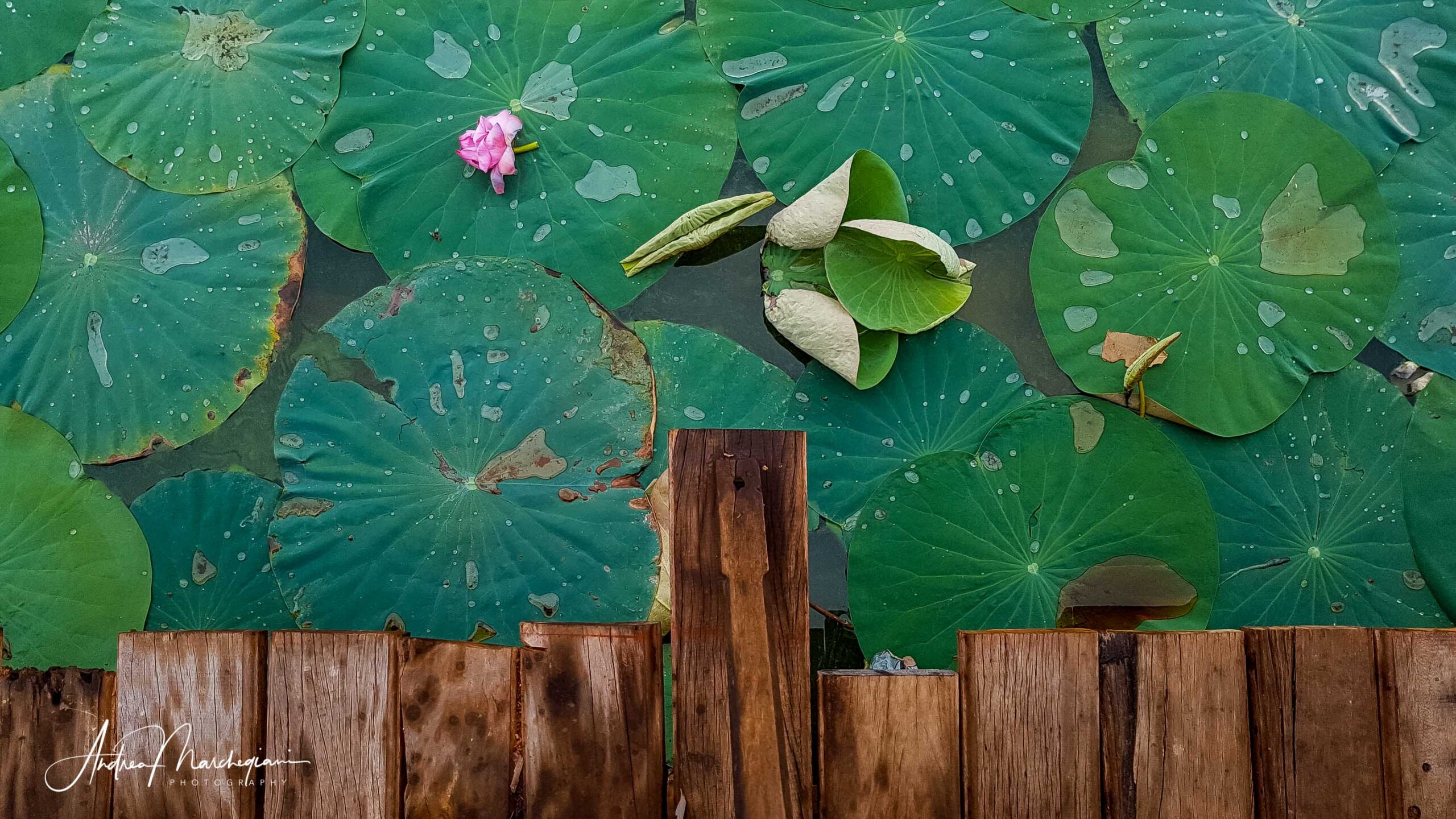
What to see in Inle Lake, Myanmar
Inle Lake is one of the most attractive sites in Myanmar. It is located 875 m above sea level, it is 11 km wide and 22 km long. Although it is not particularly large, it has unique features that have earned it the candidacy for UNESCO biosphere reserve.
With an average depth of 2 meters, Inle Lake has shallow and warm waters, which favor the growth of dense vegetation and the formation of islets of debris and roots. Over time, 17 floating villages have sprung up on them, with houses built on stilts, connected to each other by canals navigated on canoes and small motor boats.
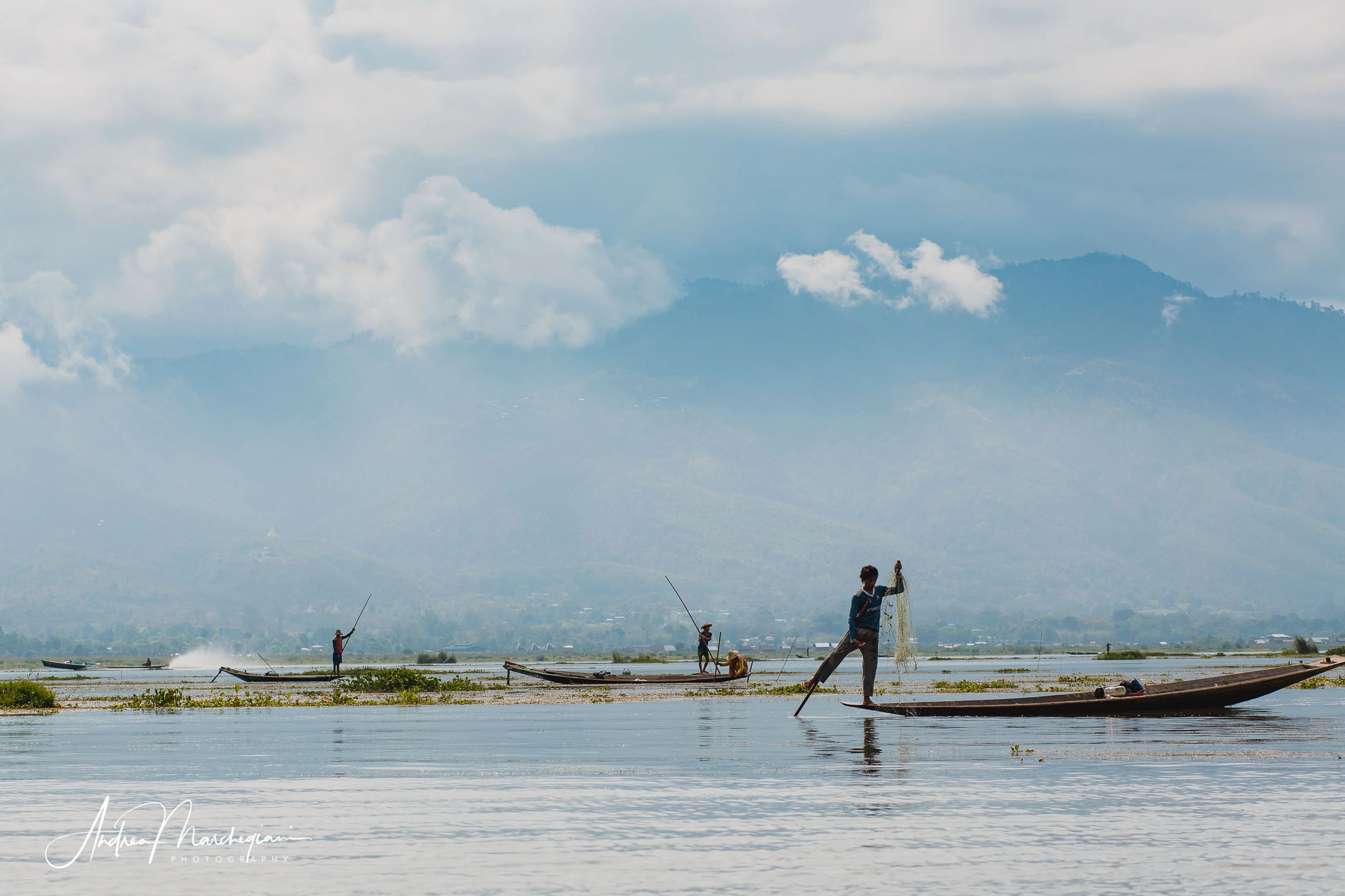
Floating gardens
The climate on Inle Lake is ideal for the cultivation of flowers, vegetables and all kinds of fruits. The famous floating vegetable gardens produce food all year round: rice, soy, tomatoes, beans, cabbage, melons, papayas, bananas. The floating platforms, anchored at the bottom of the lake with bamboo poles, are made up of clusters of hyacinth roots that retain soil and swampy debris.
“Excuse me? When are we going to leave the canal behind and finally enter the lake?” I naively ask the guy who drives the canoe. “You’re already in the lake!” he replies, surprised by the question. Between villages of stilts and floating gardens, the lake seems to disappear and transform into a series of marshy land plots crossed by canals and small streams. Do not be fooled!
The waters of the lake are very calm, yet the canals are interspersed with small bamboo reeds dams to control the water level. The moment we’re about to cross one, a canoe pops up in the opposite direction. This forces us to deviate from the established trajectory and smash ourselves against the dam!
Nobody gets hurt, fortunately. The boatman asks me to get out of the canoe, to facilitate the work of extracting the vehicle from the dam. I climb the dam, while he puts the boat back on track.
“I had a canoe accident on Inle Lake,” I think. “Lake traffic… Who would have guessed?”
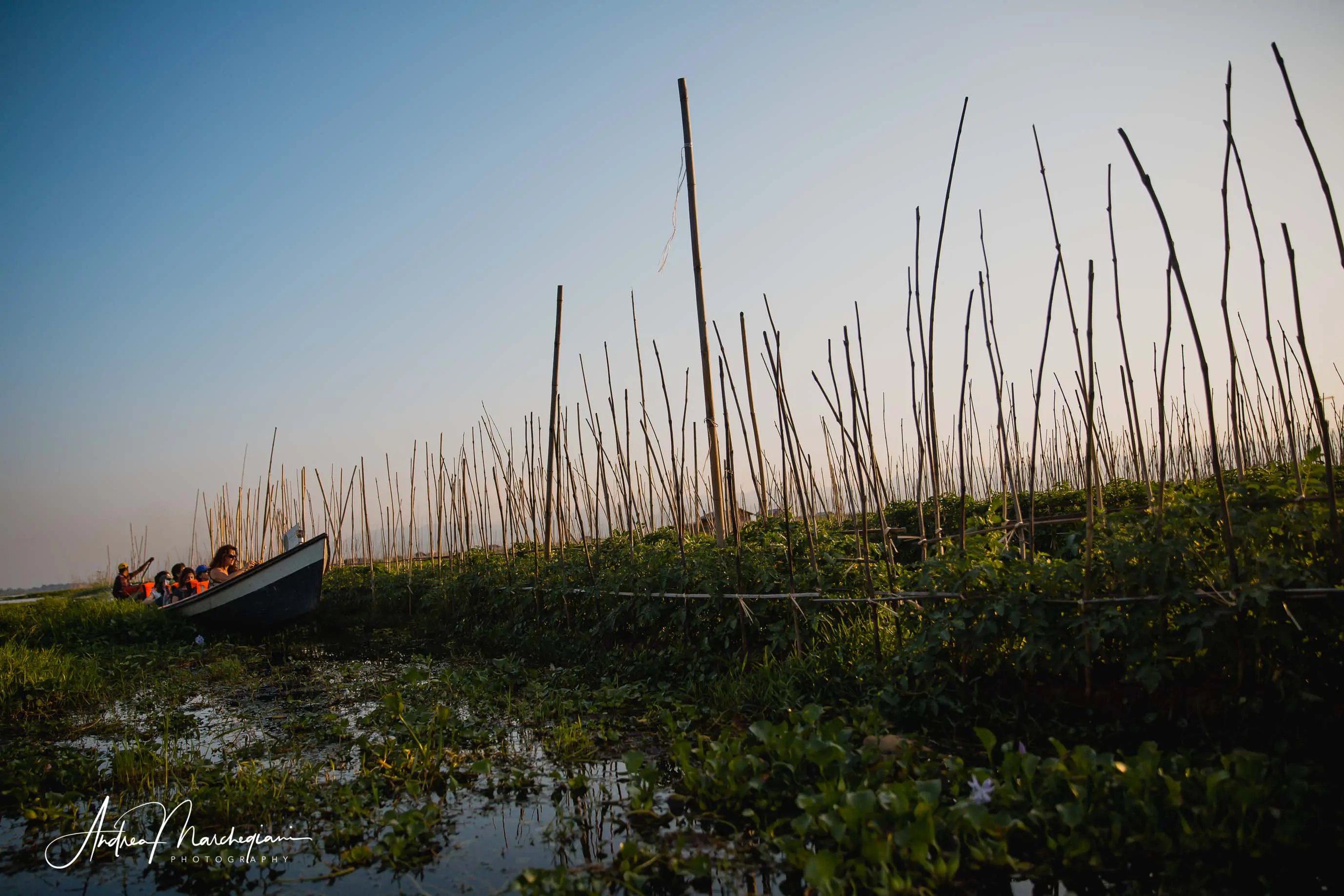
Intha fishermen
We finally reach the open water and enjoy a wide, relaxing, boundless scenario. The shores of the lake are bordered by high hills, which clearly define the boundaries and offer the ideal backdrop for taking memorable photographs. In addition to agriculture, the population of the lake deals with carp fishing.
The Intha fishermen, the dominant local ethnicity, are famous all over the world for their unique fishing tecnique: they stand with one leg aft of the boat, while they hold the oar with the other leg. This way, they do not need to push the boat with their arms, which are free to hold the fishing nets. These, too, are very peculiar: the nets are in fact stretched on bamboo cone-shaped frames and dropped on the bottom of the lake to catch the nga-hpein, the typical carp of the lake. The fishermen then insert a spear on the tip of the cone and pierce the prey trapped in the net.
The view of the Intha fishermen keeping their balance on one foot is so characteristic that it captivates foreign tourists. It feels like peeping through a parallel universe.
Unfortunately there aren’t many fishermen in the lake during my boat trip. It’s a rainy morning, they explain, so fishing is postponed. Too bad. I regret I didn’t spend more days visiting the lake. If you can, don’t make the same mistake. Be sure to calmly admire this unique fishing technique: the growing tourism in the area is favoring the development of many hotels, so take advantage of it. Being able to enjoy the sunset on the lake, admire the reflections of the starry sky on the water and have breakfast on a stilt at dawn is a dream experience.
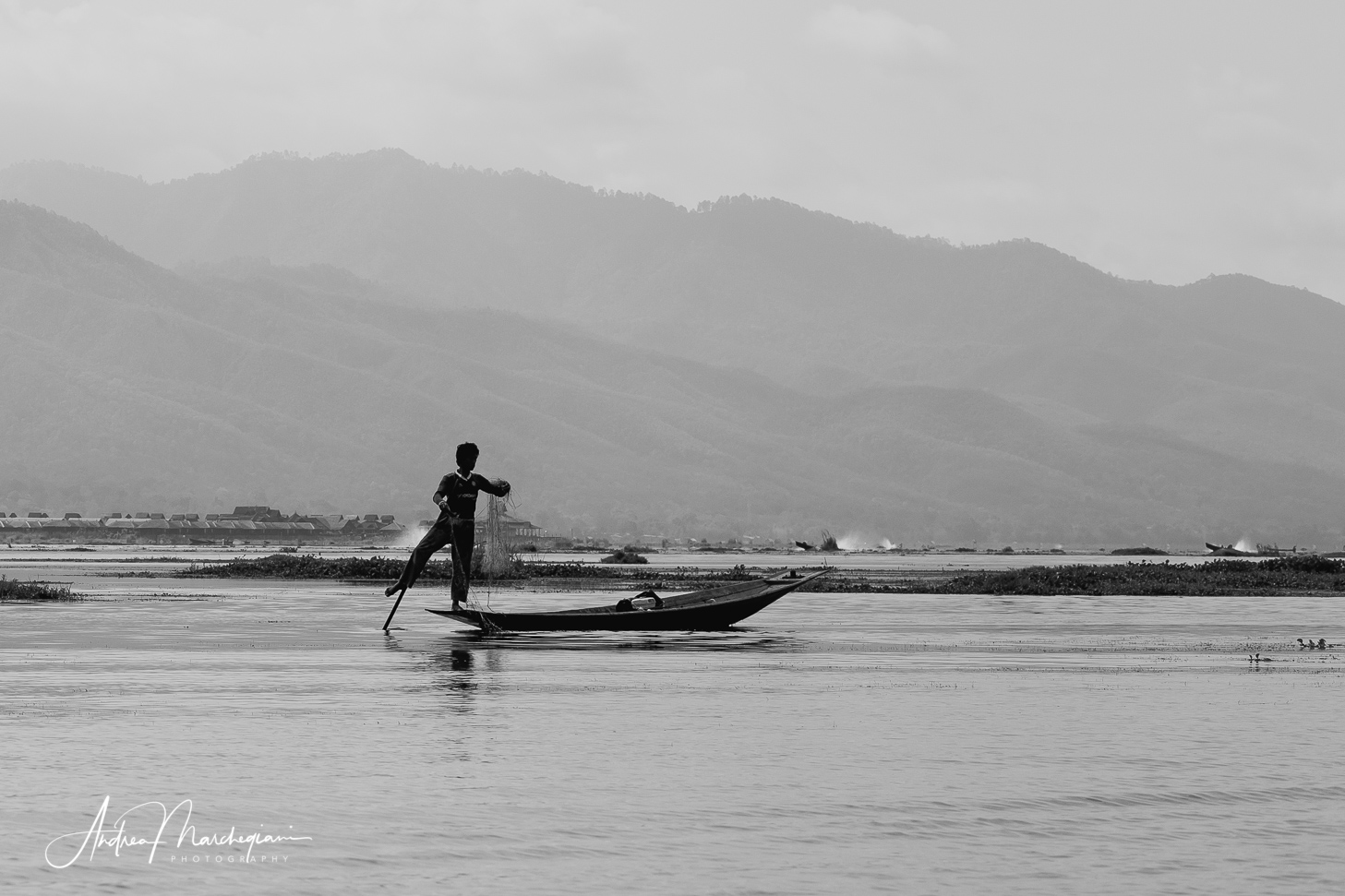
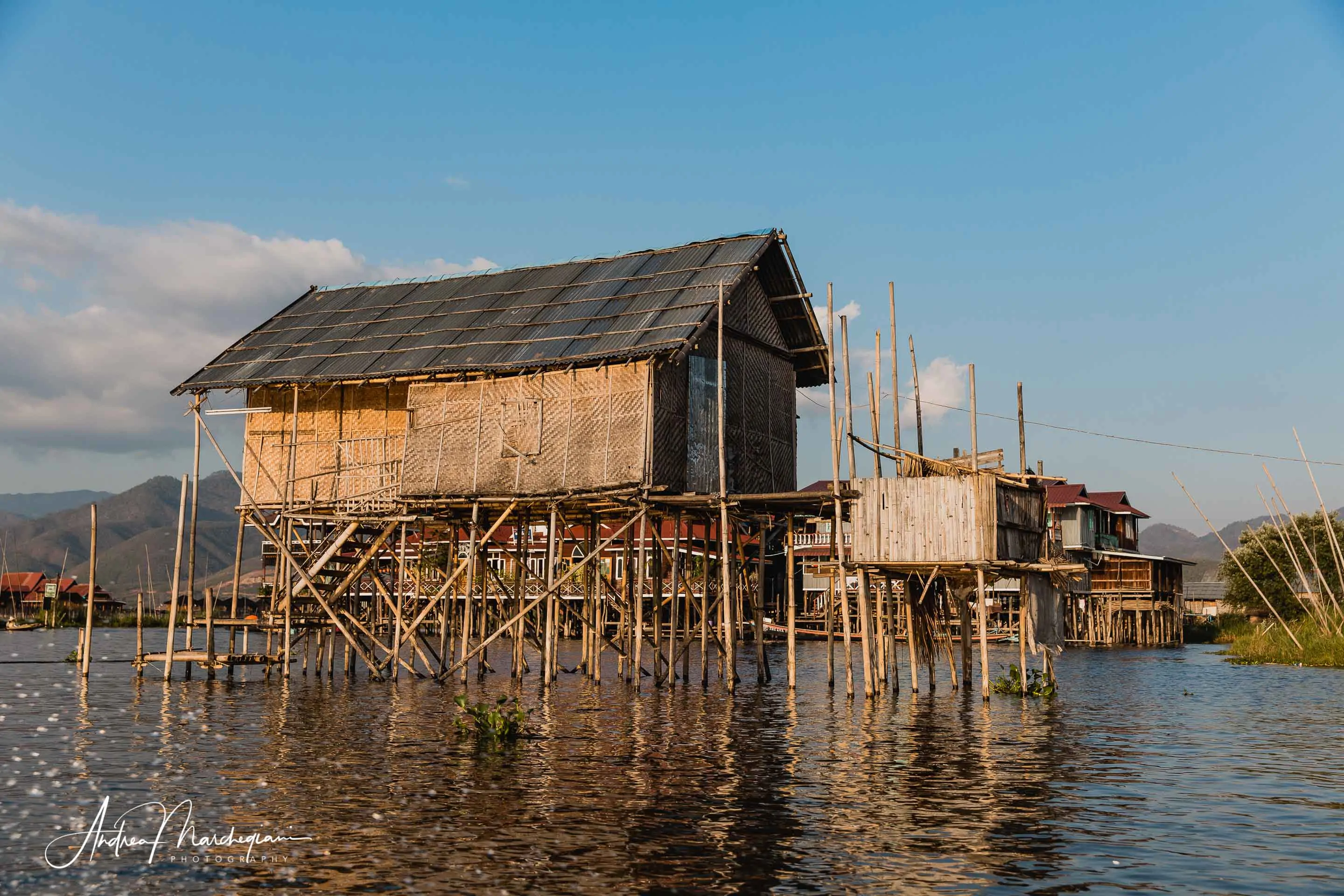
Lotus silk weaving
In addition to fishing and growing floating gardens, the lake’s 130000 inhabitants dedicate themselves to crafts. Men make ceramics, silver and brass, while women weave imported Chinese silk to make fabrics for clothes and bags.
I stop by Inn Paw Khon village, where you can see the traditional lotus fabric weaving. The sight of the wooden frames in action and the noise of the spinning wheels is mesmerizing. My friend Margherita, who works in a textile company in Como, is amazed. Women extract the fibers by hand from the stems of the lotus flower. To form a single thread, the filaments of 3-5 stems are joined. This is then spun and woven by hand using traditional wooden looms.
“Think about how much work is needed to make a single thread and how many threads are needed to produce the fabric,” explains Margherita. “It takes a lot of time and patience. It is astounding how these populations managed to obtain from the lake all they need to survive”.
Next to the women who work on looms there is a small exhibition of products. You can buy fabrics of all sizes, bags, shawl… Lotus silk is really soft to the touch. A refined product that really leaves you amazed.
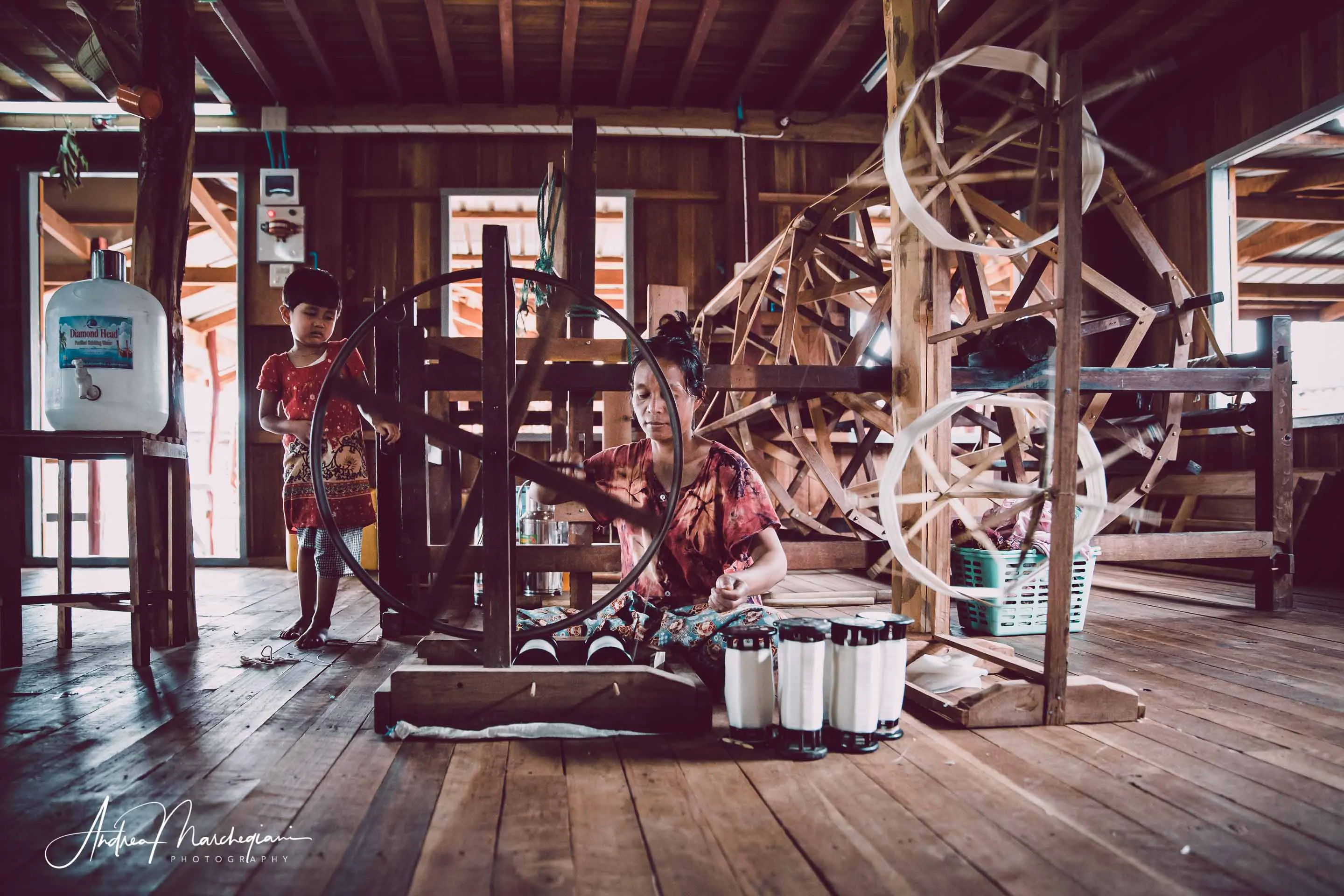
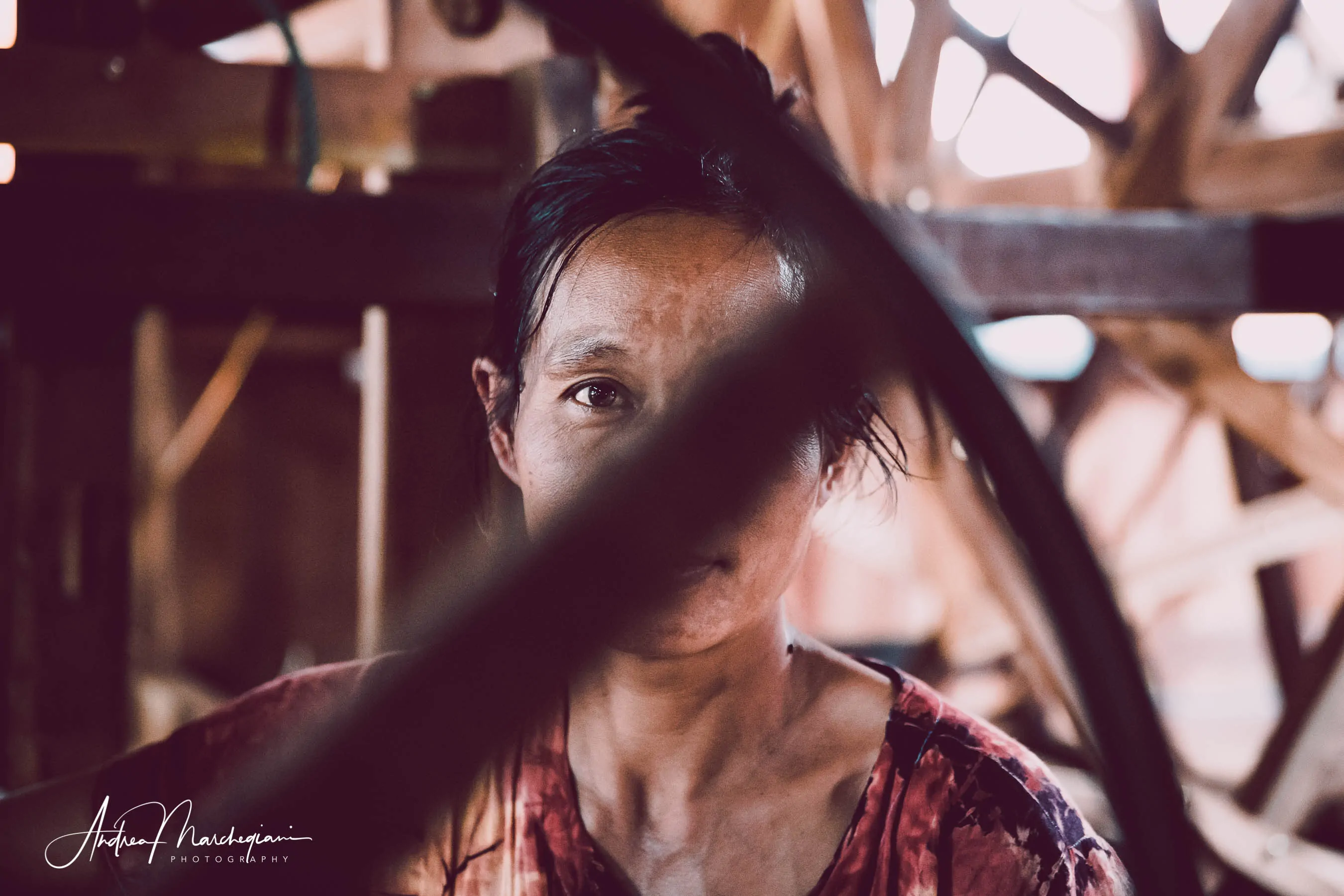
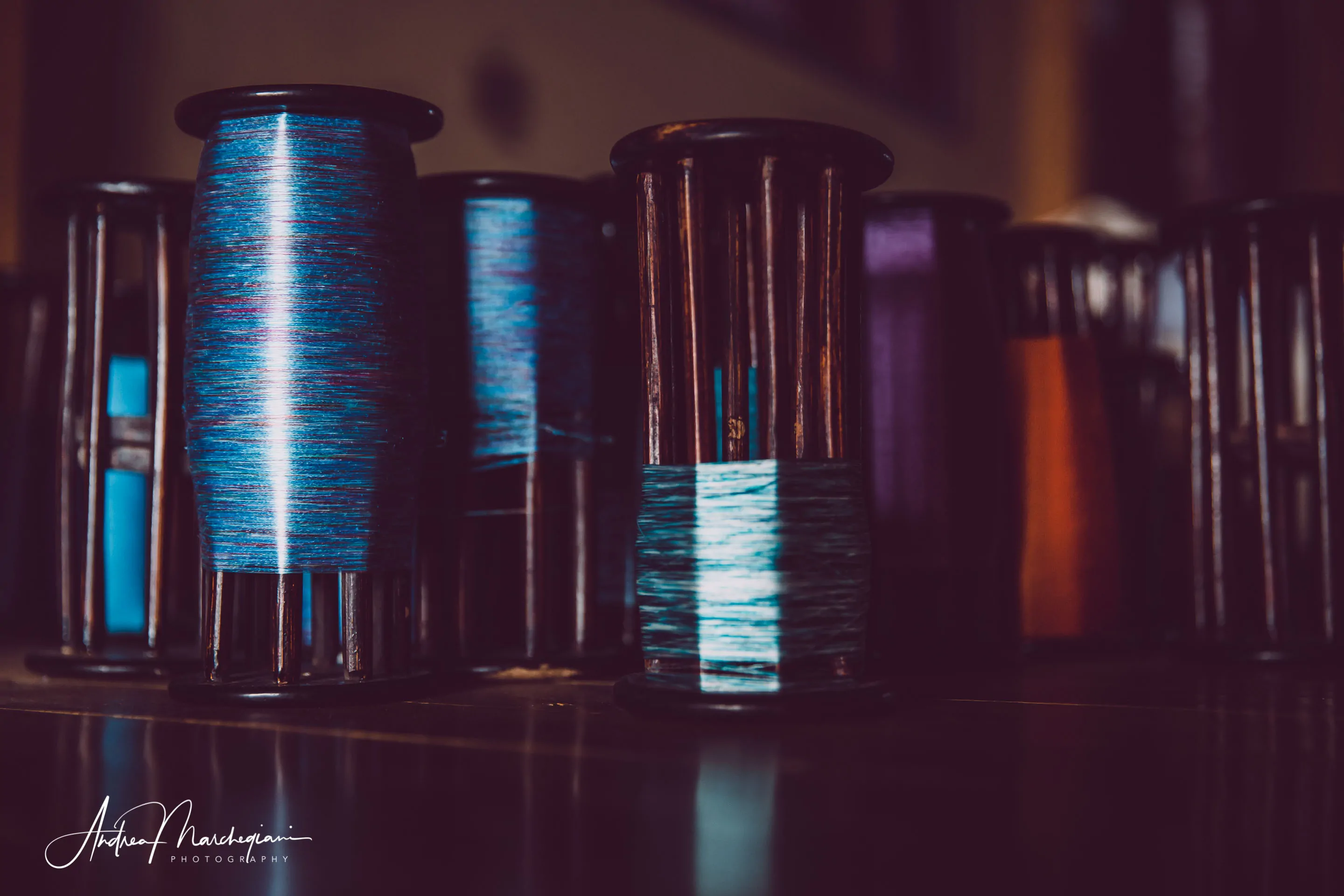
Padaung Giraffe Women
We stop for lunch at a beautiful floating restaurant in Ywama village. The waiting times at the table are really long but the dishes are tasty.
I move to a local craft shop to buy some items to take home. I am surprised by the presence of some Padaung (or Kayan) giraffe women. A young woman and an elderly lady sit at the entrance to the store, while a third works on the loom. I did not book the excursion to visit their village: several people have advised me against it, referring to a very touristic experience, with no authentic touch left. They say it is all about taking selfies with giraffe women who patiently pose for compensation. Apparently, however, it is no longer necessary to enter the houses of the village to see giraffe women. They are also found in local craft shops.
I can not resist so I approach the women in the shop: I take a couple pictures, trying to be as discreet as possible. They’re so sweet and friendly. They do not give the idea of being forced, on the contrary. They smile and interact, also showing a certain curiosity towards us, so I suspend the judgment and I limit myself to observe.
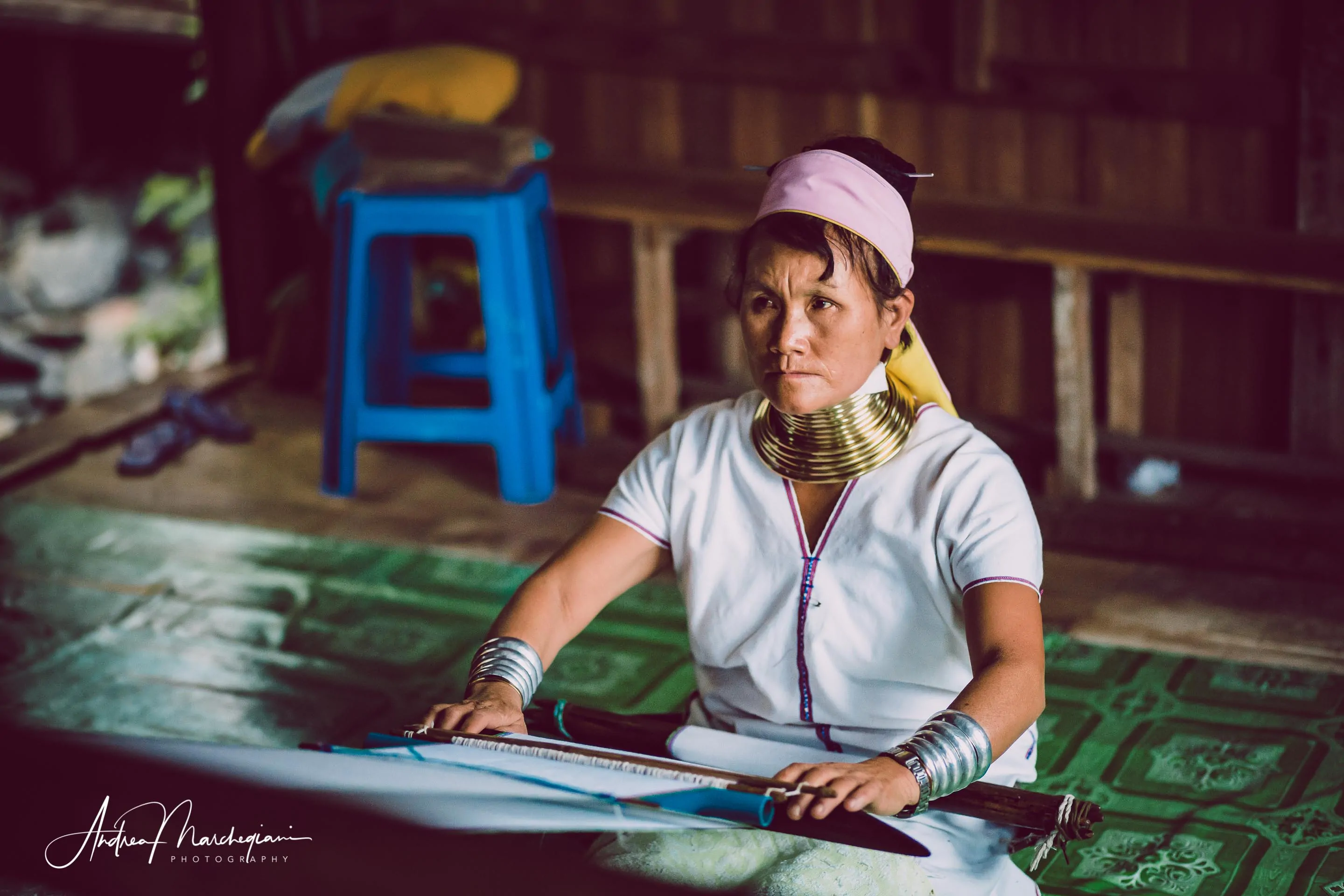
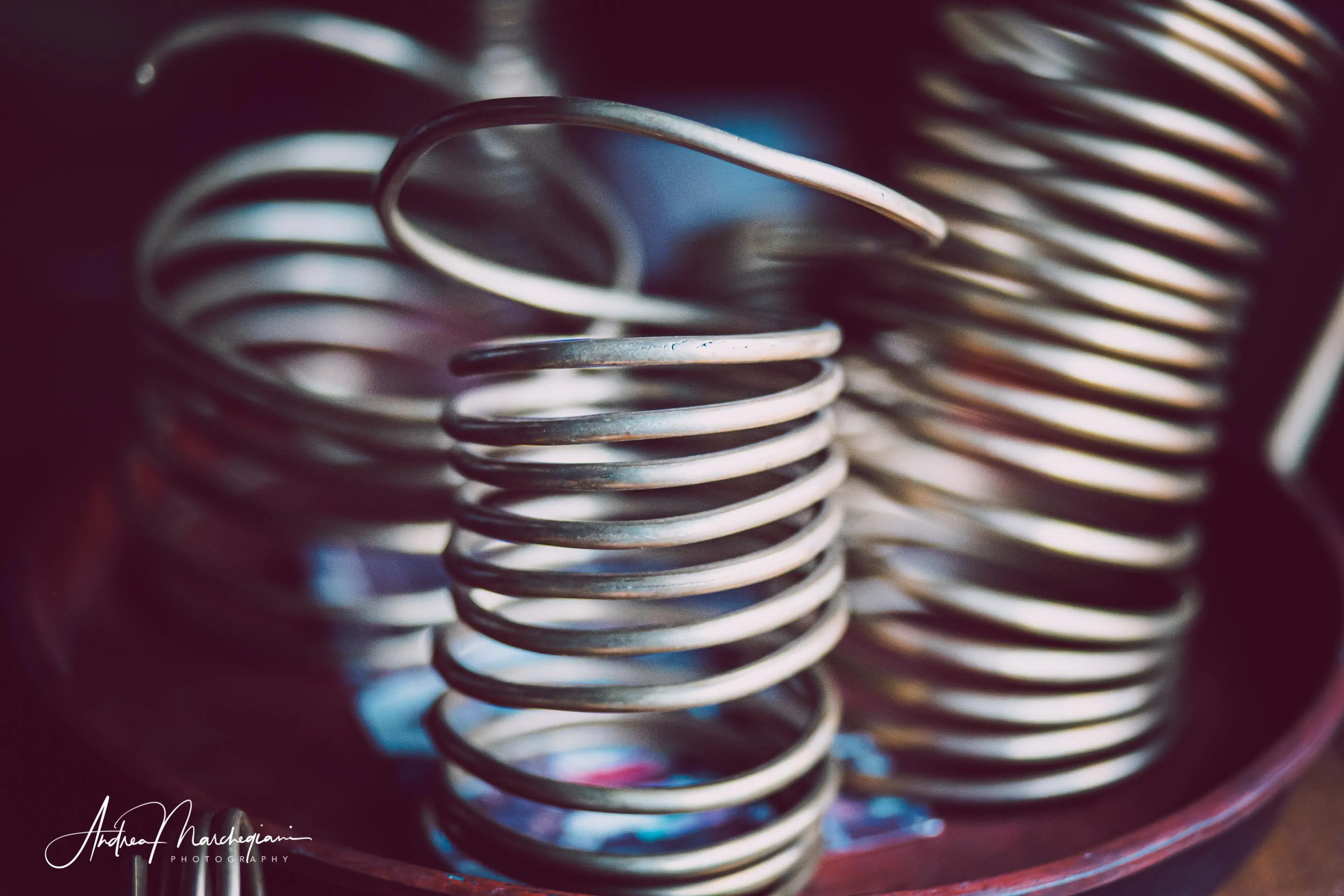
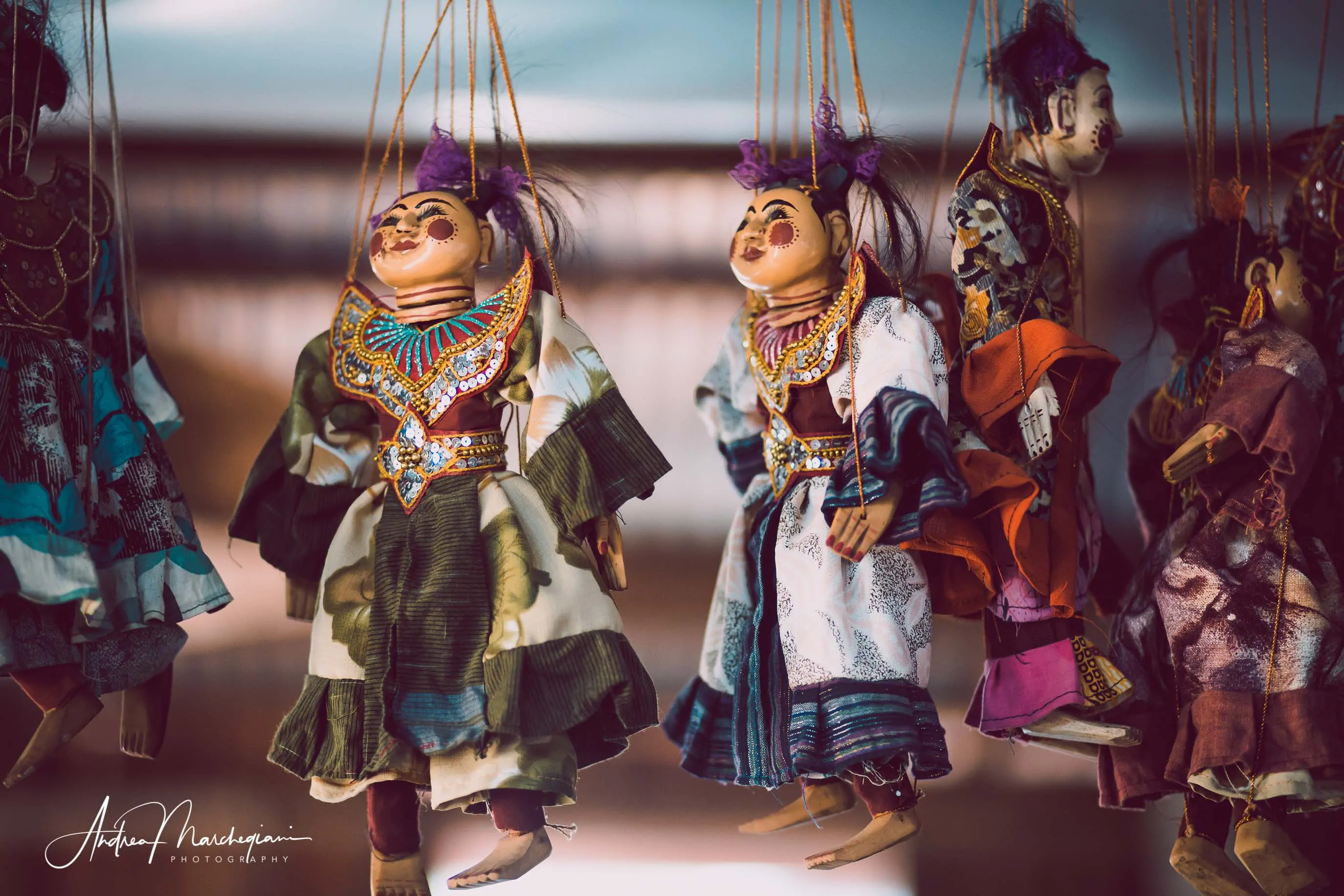
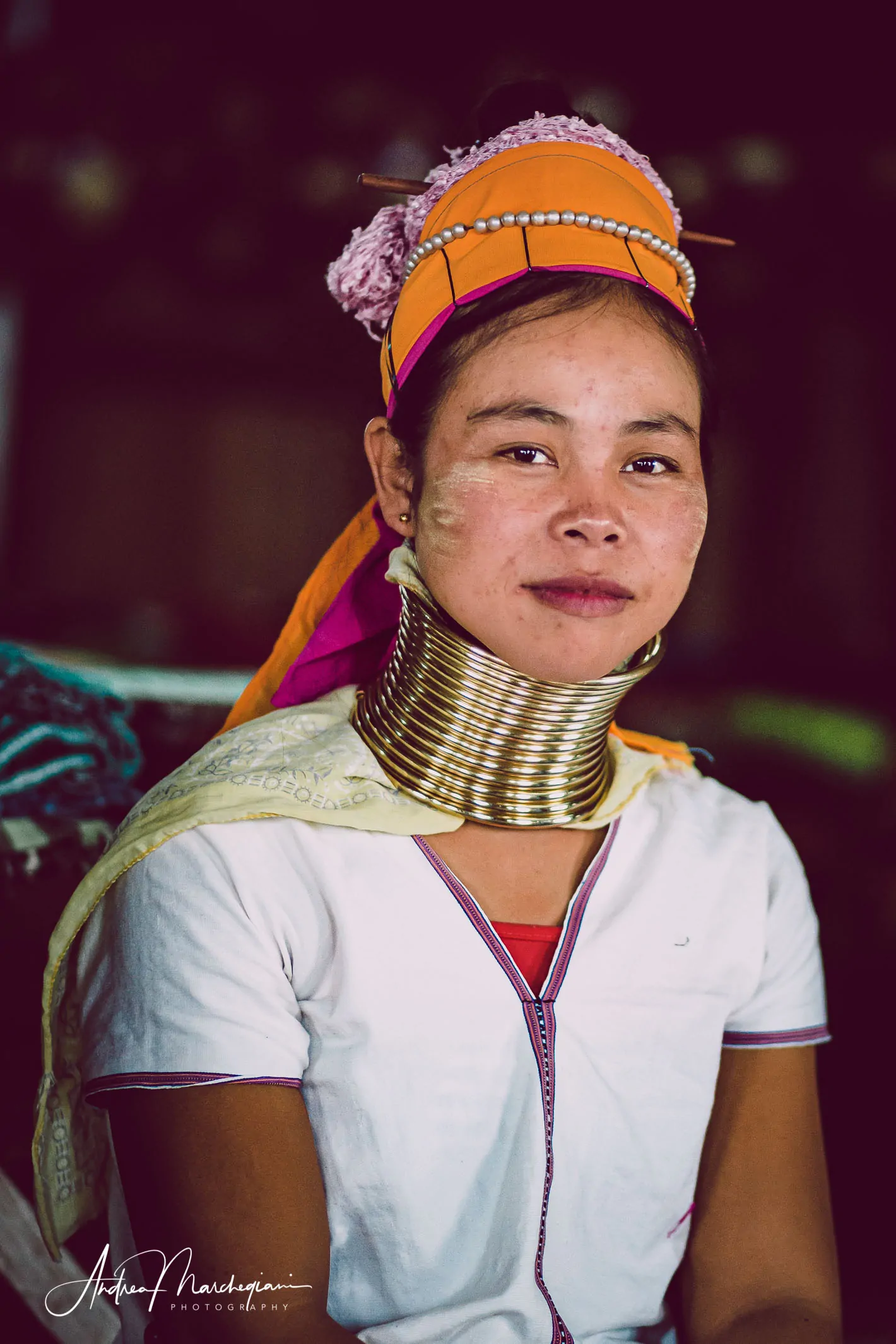
It is not clear how the tradition of attaching metal rings to women’s necks was born: some say the men of the village began to stretch their women’s necks to make them look unattractive, so men from neighboring tribes would not kidnap them; others argue women like to adorn their necks to look in fact prettier in the eyes of their men. Finally, a legend has it that Padaung people offended the Nat spirits, who sent ravenous tigers at the tribe. The men then put rings around the women’s necks to defend them from the attacks of tigers, who usually hunt their prey by biting them at the neck.
Giraffe women begin to wear rings gradually from childhood. Each of them can weigh up to 10 kg. As a result of the constant weight and the progressive increase in the number of rings, the thoracic cavity compresses and the clavicles begin to descend giving the impression that the neck is elongated.
This practice is absolutely unhealthy and harmful: it makes every daily activity more tiring and leads to serious postural problems. Little girls start wearing rings from the age of 5, but no one forces them. They do so to honor their own traditions and feel more beautiful, even though many young people today are abandoning the practice.
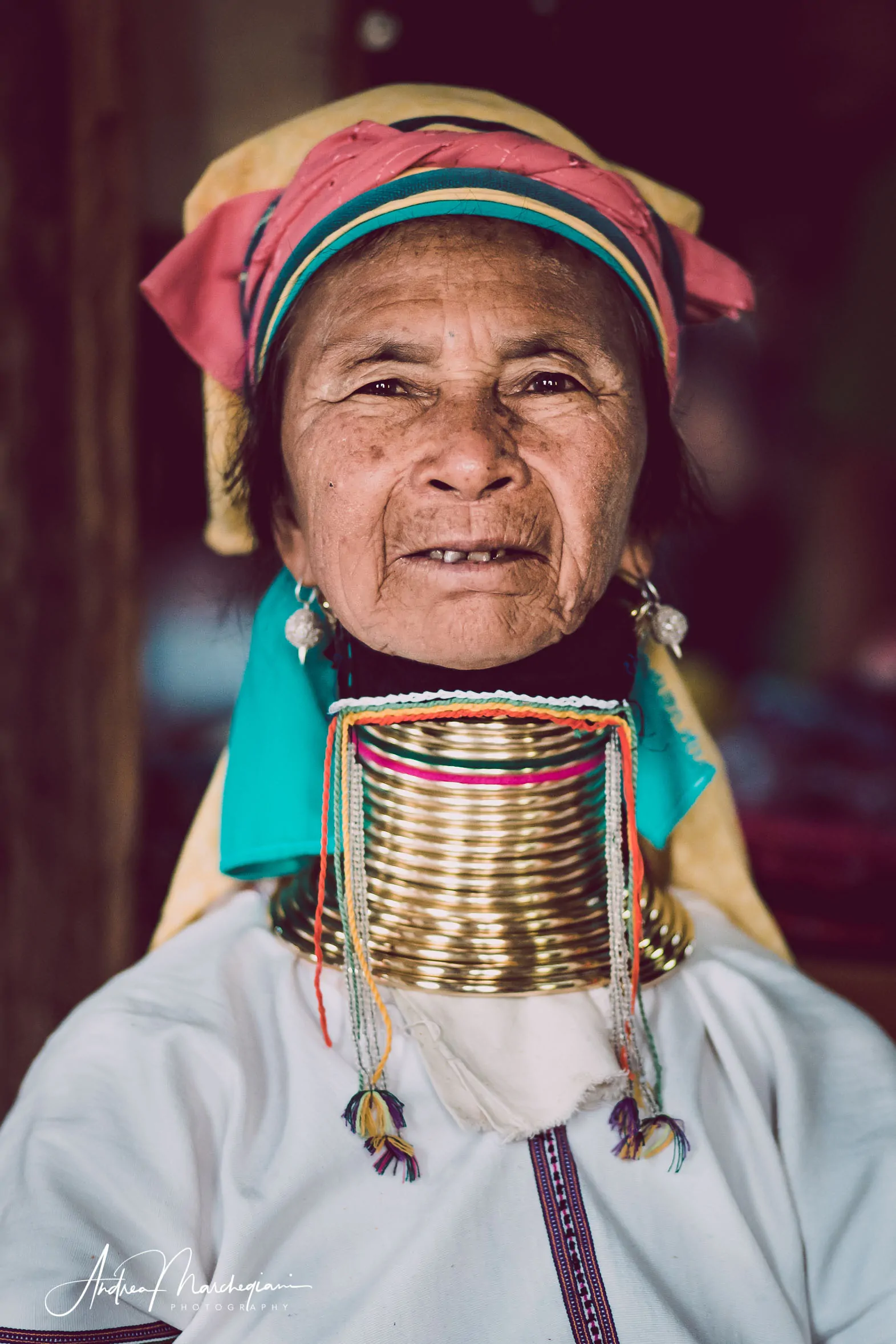
Indein: a thousand stupas in the jungle
Indein is a small village in the southeast of Inle Lake. Here lies a breathtaking archaeological site, which demonstrates the area’s deep Buddhist roots. Visit it, especially if you don’t have time to visit Kakku.
The thousands of stupas at Shwe Inn Thein look majestically decadent and are still little known. Even the locals find them mysterious. There is no reliable information about their construction in Burmese records, but some say they were built by King Ashoka in the 3rd century BC to honor the memory of Buddha.
You can reach Indein by canoe, sailing for about an hour. As you glide along the bends of the river, the vegetation thickens and turns into a jungle of lush trees and foliage.
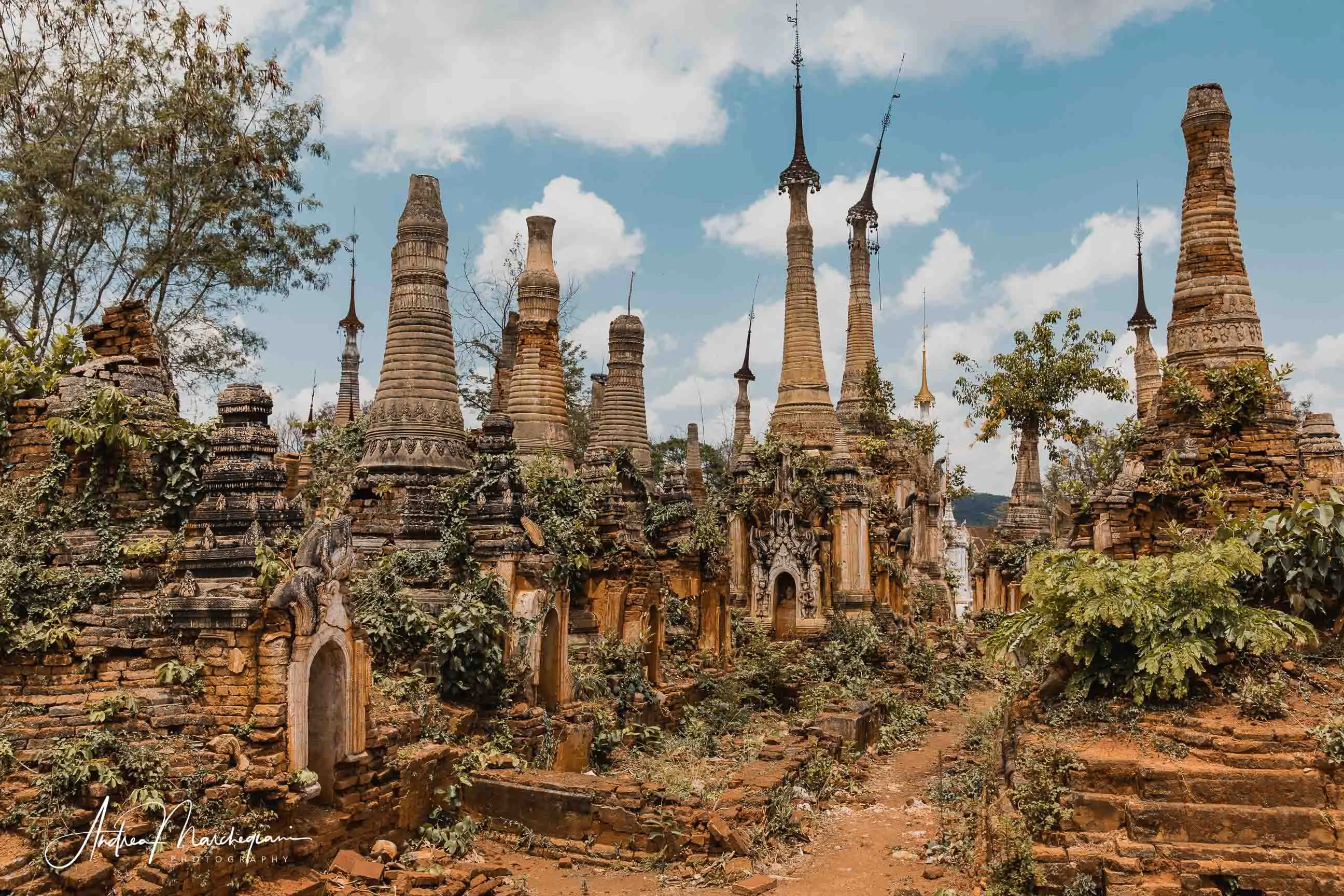
Indein village welcomes me with a market of typical products and tourist souvenirs. I walk straight along an uphill path, whose steps covered by a roof of sheet metal leaves. At the end of the climb, I can finally admire thousands of small shrines alternating with slender stupas rising up to the sky. The vegetation tries to recover its spaces, creeping with roots and tendrils between the bricks of the buildings, permeating them harmoniously. The view is sublime, it makes us think about the effects of time. We cannot see, feel and smell time. It eludes our senses, yet it exists and leaves more than tangible marks, like here in Indein.
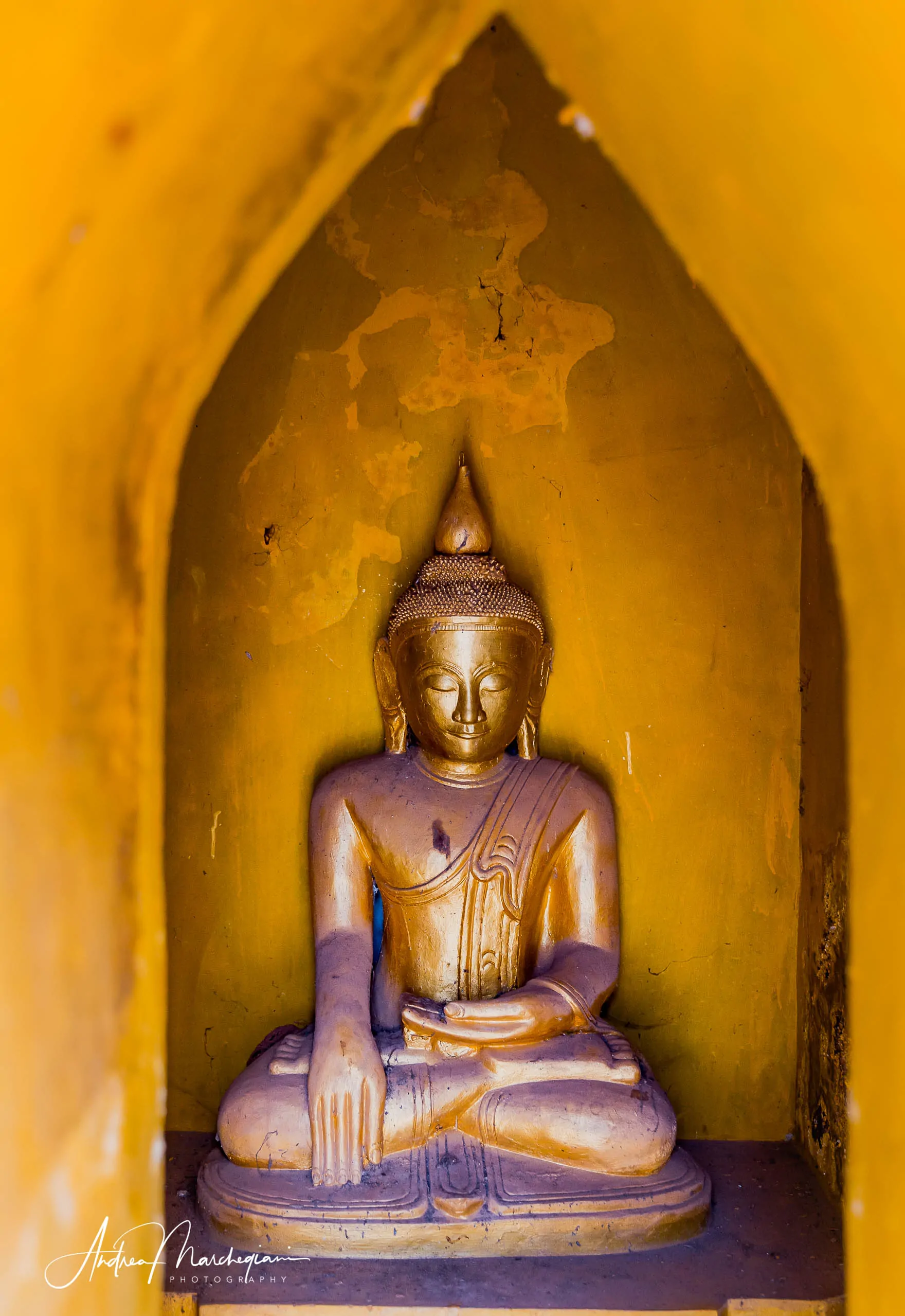
Indein’s thousands of stupas invite us to humility, reminding us that everything is transient. Buddha teaches that man struggles to accept this evidence and desperately clings to health, beauty, wealth. But all these things are transient and throw into despair those who trust in them. Not only that. Buddha understands that the ego itself is illusory: identity is a passing phenomenon, a gust of wind that briefly stirs the branches of a tree.
Inn Thein pagodas express the intimate meaning of Buddhism better than anything else: we build our lives as best we can, then we age, nature takes its course and reabsorbs us in its womb. The memory of who we were persists in the hearts of our loved ones, but it is only a momentary echo. As Westerners we hear these words with a sense of deep unease. Sickness, death, pain, loss. Thoughts we drive away from our daily lives, experiences we hope we must not face. Buddhism teaches us we can instead embrace them without losing our smile. There is beauty in every step of the way, just let go of every attachment.
